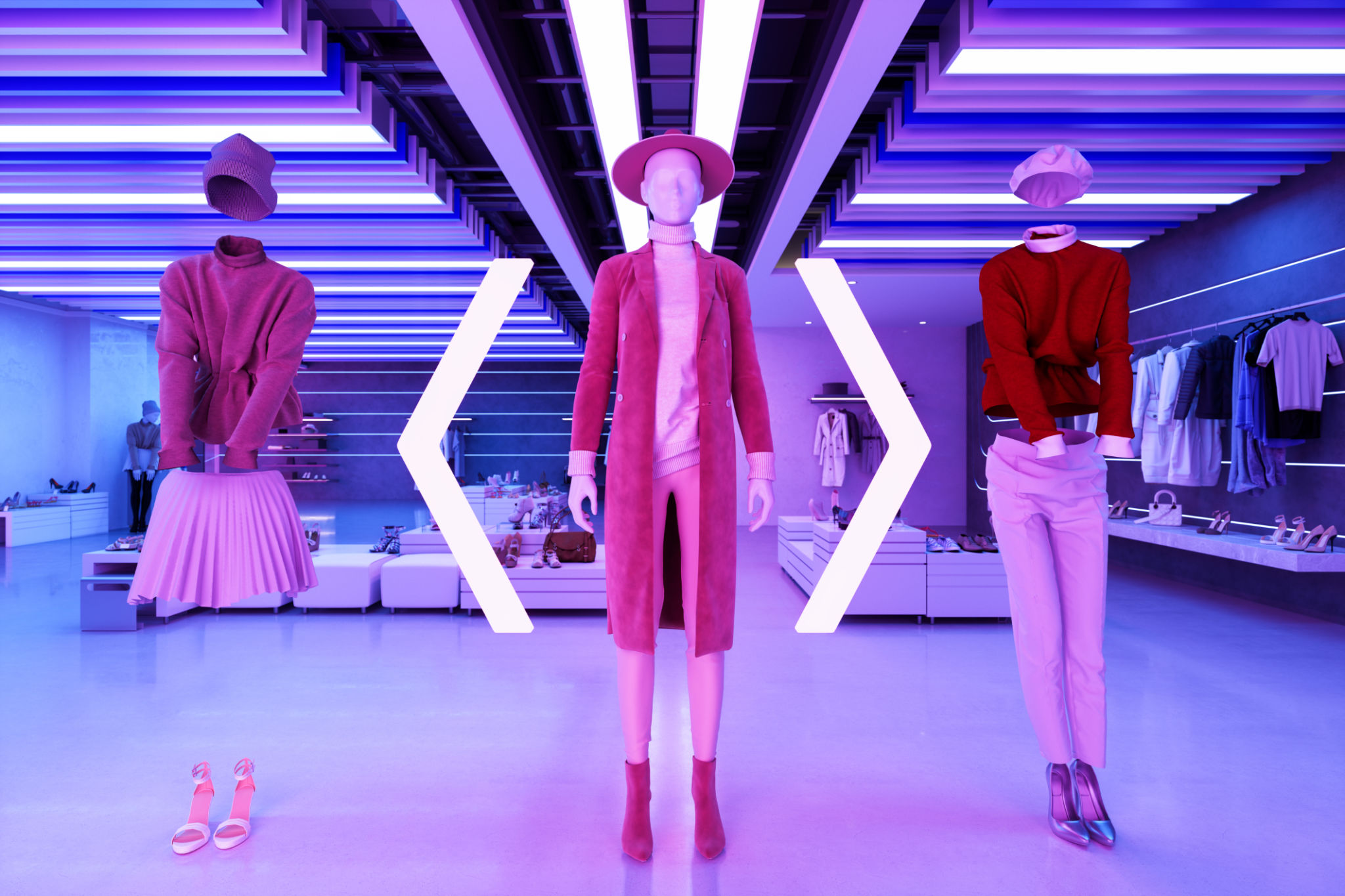AI-Driven Design: Balancing Automation with Creativity
The Rise of AI-Driven Design
In recent years, artificial intelligence has made significant strides in transforming various industries, including design. AI-driven design leverages advanced algorithms and machine learning to automate design processes, offering designers new tools to enhance creativity and efficiency. As we embrace this technological evolution, it's crucial to understand how to balance automation with the innate creativity that defines human artistry.

Understanding AI's Role in Design
AI-driven design tools can perform tasks such as generating layouts, selecting color schemes, and even creating entire websites. These tools analyze vast amounts of data to make informed decisions, which can significantly reduce the time designers spend on routine tasks. However, while AI can streamline these processes, it does not replace the human touch that adds uniqueness and emotion to designs.
The key is to view AI as a collaborator rather than a competitor. By handling repetitive tasks, AI allows designers to focus on more complex and creative aspects of their projects. This partnership between humans and machines can lead to innovative outcomes that neither could achieve alone.
Enhancing Creativity with AI
One of the most exciting aspects of AI in design is its potential to enhance creativity. AI can provide inspiration by suggesting unusual combinations or patterns that designers might not have considered. It can also offer insights into design trends and user preferences, enabling designers to create more targeted and effective designs.

Moreover, AI can assist in rapid prototyping and testing, allowing designers to experiment with different concepts quickly. This iterative process encourages creativity by reducing the fear of failure and promoting exploration of new ideas.
Challenges and Considerations
Despite its advantages, integrating AI into the design process does come with challenges. One major concern is the loss of personal touch and originality in designs. If over-reliant on AI, designs may become homogenized, lacking the distinctive flair that comes from individual creativity.
Additionally, there are ethical considerations around AI-generated content. Issues such as copyright infringement and bias in AI algorithms need careful attention to ensure that the integration of AI in design is fair and just.

Striking the Right Balance
To successfully balance automation with creativity, designers should approach AI-driven tools with an open mind but critical eye. It's important to maintain a balance where AI enhances rather than dictates the design process. This involves setting clear boundaries for when and how AI should be used and ensuring that the designer remains at the helm of creative decision-making.
Ultimately, the most effective use of AI in design will be one that amplifies human creativity without overshadowing it. By leveraging AI's strengths and combining them with human intuition, designers can push the boundaries of what's possible in the world of design.
The Future of AI-Driven Design
The future of AI-driven design holds immense potential for innovation and creativity. As technology advances, we can expect even more sophisticated tools that offer enhanced capabilities while respecting the unique contributions of human designers.
The key to navigating this future is adaptability and continuous learning. Designers must stay informed about new developments in AI technology and remain open to integrating these tools into their workflows without losing sight of their creative vision.
